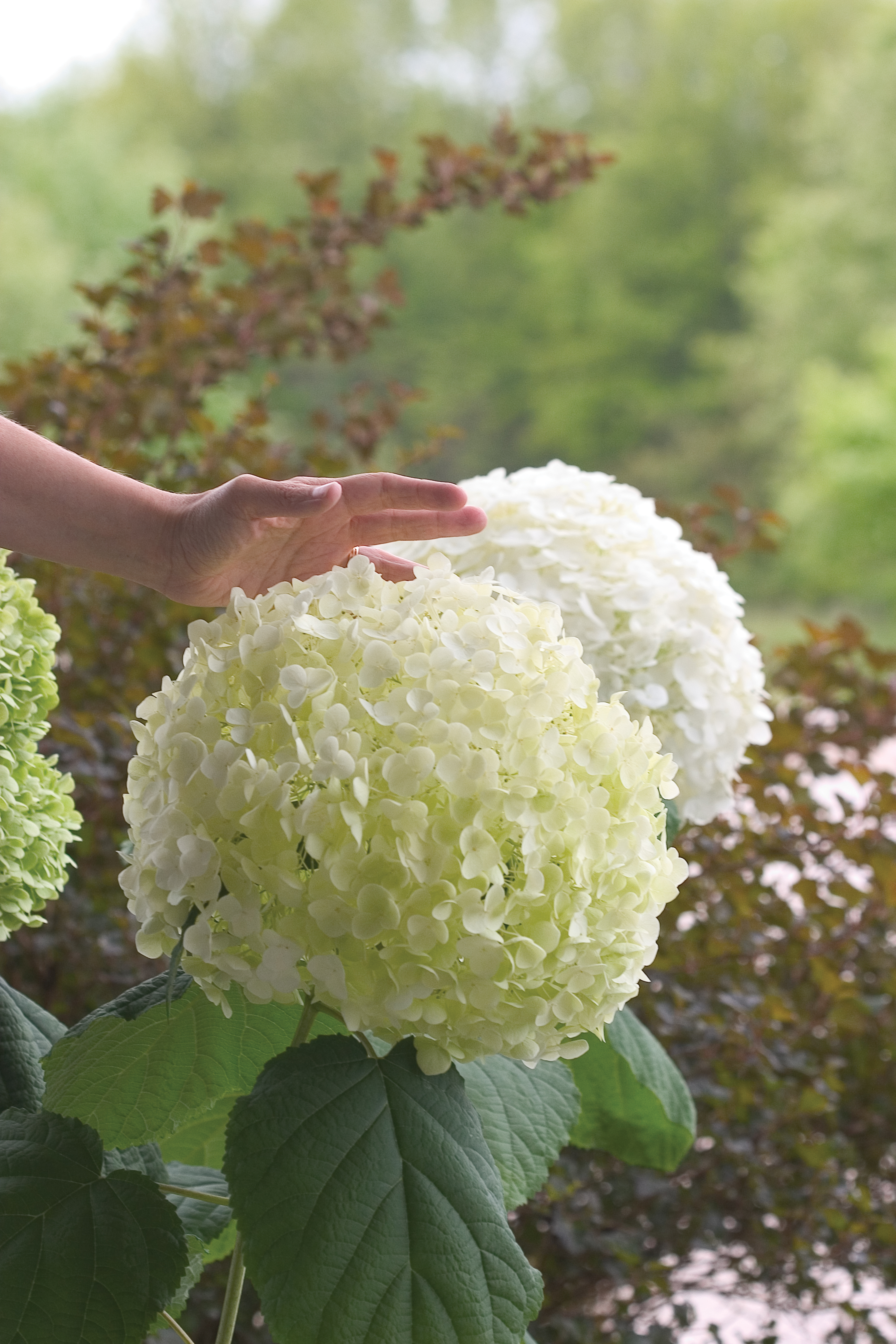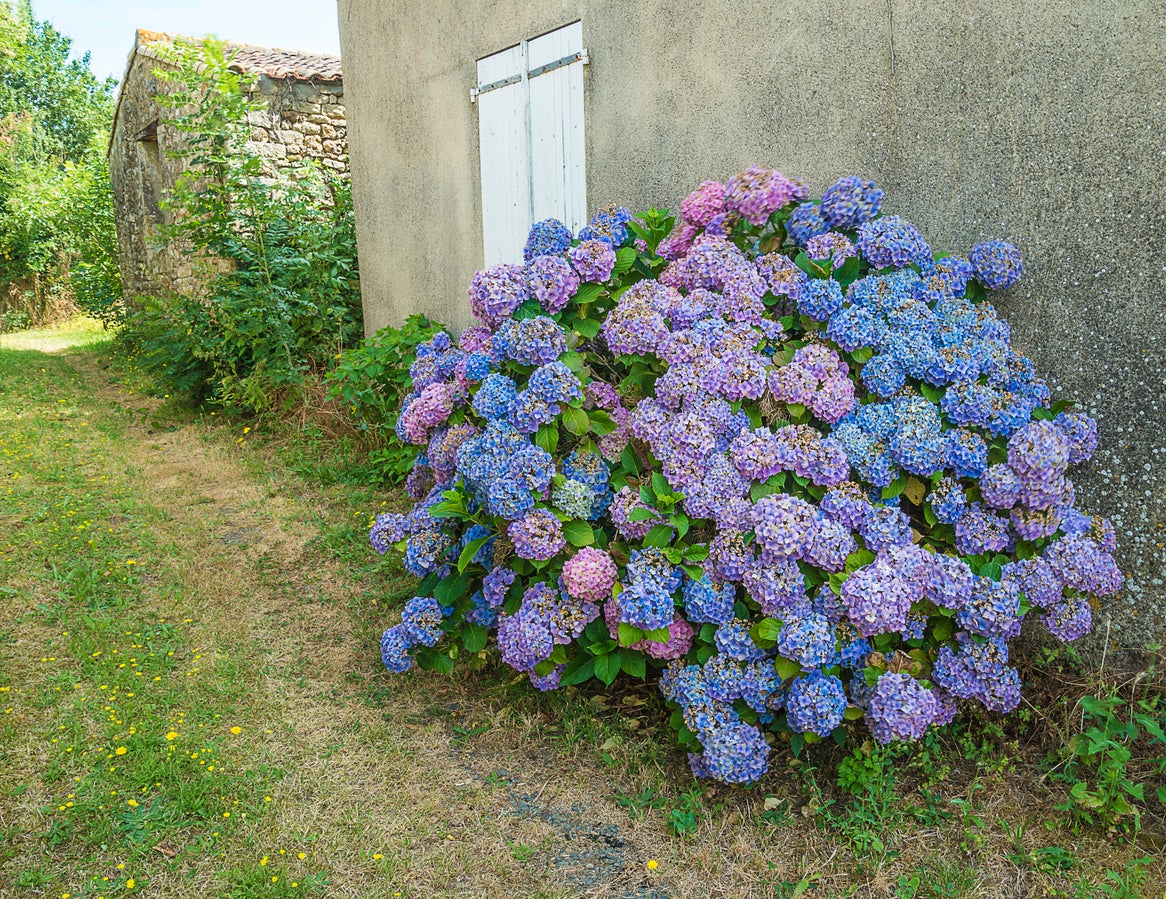How To Grow Hydrangeas From Cuttings: A Stepbystep Guide
How to Grow Hydrangeas From Cuttings: A Step-by-Step Guide
Hydrangeas are beautiful flowering shrubs that can add a touch of elegance to any garden. They come in a variety of colors, including blue, pink, purple, and white. And best of all, they are relatively easy to grow from cuttings.
If you're looking to add some hydrangeas to your garden, here is a step-by-step guide on how to grow them from cuttings.
Step 1: Choose the right time of year.
The best time to take hydrangea cuttings is in the late spring or early summer. This is when the plant is actively growing and has the highest chance of rooting.
Step 2: Select a healthy cutting.
When choosing a cutting, look for one that is about 4-6 inches long and has at least two or three leaf nodes. The leaf nodes are the small bumps on the stem where the leaves attach. These are the areas where new roots will form.
Step 3: Remove the leaves.
Once you have selected your cutting, remove all of the leaves except for the top two or three. This will help to reduce water loss and focus the plant's energy on rooting.
Step 4: Dip the cutting in rooting hormone.
Rooting hormone is a powder or liquid that helps cuttings to root more quickly. Dip the cut end of your hydrangea cutting in rooting hormone and shake off any excess.
Step 5: Plant the cutting in a rooting medium.
A rooting medium is a type of potting mix that is designed to help cuttings root. You can buy rooting medium at most garden centers. Fill a small pot or container with rooting medium and make a hole in the center. Insert the cutting into the hole and press the rooting medium around it.
Step 6: Water the cutting and place it in a warm, shady spot.
Water the cutting thoroughly and place it in a warm, shady spot. Avoid direct sunlight, as this can dry out the cutting.
Step 7: Mist the cutting regularly.
Mist the cutting regularly with water to keep it moist. You can also cover the pot with a plastic bag to create a humid environment.
Step 8: Be patient!
It can take several weeks for hydrangea cuttings to root. Be patient and keep the cutting moist and in a warm, shady spot. Once the cutting has rooted, you can transplant it into a larger pot or in the garden.
Here are some additional tips for growing hydrangeas from cuttings:
- Use a sharp knife or shears to make clean cuts.
- Remove any leaves that will be below the soil line.
- Water the cutting regularly, but don't overwater.
- Mist the cutting regularly, especially if you are growing it in a warm, dry climate.
- Place the cutting in a warm, shady spot out of direct sunlight.
- Be patient! It can take several weeks for hydrangea cuttings to root.
With a little care and patience, you can easily grow hydrangeas from cuttings. So next time you see a beautiful hydrangea plant, don't be afraid to take a cutting and try growing it yourself.
Hydrangeas are beautiful flowering shrubs that come in a wide variety of colors, shapes, and sizes. They are a popular choice for gardens and landscaping, and they can also be grown in containers. If you are interested in learning more about hydrangeas, I recommend visiting the website .
This website has a wealth of information about hydrangeas, including:
- Different types of hydrangeas
- How to grow and care for hydrangeas
- How to choose the right hydrangea for your climate
- Hydrangea pests and diseases
- And much more!
The website also has a blog with articles about hydrangeas, as well as a forum where you can ask questions and get advice from other hydrangea enthusiasts.
I think you will find the website to be a valuable resource for all things hydrangea. So what are you waiting for? Visit the website today and learn more about these beautiful flowers!
FAQ of hydrangea flower plant
- What are hydrangeas known for?
Hydrangeas are known for their large, beautiful blooms that come in a variety of colors, including blue, pink, purple, and white. They are popular both as cut flowers and plants for the garden. Hydrangeas can grow in a variety of conditions, but they prefer moist, well-drained soil and partial to full shade.
- How do I care for hydrangeas?
Hydrangeas are relatively easy to care for. They need regular watering, especially during hot, dry weather. They also benefit from being fertilized once a month during the growing season. In the fall, you can prune hydrangeas to shape them and remove any dead or damaged branches.
- Why are my hydrangeas not blooming?
There are a few reasons why your hydrangeas might not be blooming. One possibility is that they are not getting enough sunlight. Hydrangeas need at least 6 hours of sunlight per day to bloom. Another possibility is that they are not getting enough water. Hydrangeas need to be watered regularly, especially during hot, dry weather. Finally, it is also possible that your hydrangeas are not getting enough nutrients. You can fertilize them once a month during the growing season to help them bloom.
- How do I change the color of my hydrangeas?
The color of hydrangea blooms is determined by the acidity of the soil. In alkaline soil (pH above 7), hydrangeas will bloom blue. In acidic soil (pH below 5.5), hydrangeas will bloom pink. To change the color of your hydrangeas, you can adjust the acidity of the soil. To make the soil more acidic, you can add peat moss or sulfur to the soil. To make the soil more alkaline, you can add lime to the soil.
- What are some common pests and diseases that affect hydrangeas?
The most common pests that affect hydrangeas are aphids, scale, and Japanese beetles. Aphids are small, soft-bodied insects that suck the sap from hydrangea leaves. Scale insects are also small, but they are hard-shelled insects that attach themselves to hydrangea stems and leaves. Japanese beetles are large, metallic-green beetles that chew on hydrangea leaves.
To control aphids, you can wash them off the plants with a strong stream of water. You can also use insecticidal soap or neem oil. To control scale insects, you can scrape them off the plants with a knife or use insecticidal soap or neem oil. To control Japanese beetles, you can hand-pick them off the plants or use a pesticide.
Image of hydrangea flower plant
Here are 5 different images of "hydrangea flower plant" from pinterest.com:
- A white hydrangea flower plant in full bloom. The flowers are large and round, with a slightly cupped shape. They are arranged in clusters on the branches of the plant. The leaves of the plant are dark green and oval-shaped.

- A pink hydrangea flower plant in full bloom. The flowers are smaller than the white hydrangea flowers, but they are just as beautiful. They are arranged in clusters on the branches of the plant. The leaves of the plant are also dark green.

- A blue hydrangea flower plant in full bloom. The flowers are a deep blue color, and they are very vibrant. They are arranged in clusters on the branches of the plant. The leaves of the plant are dark green.

- A mophead hydrangea flower plant in full bloom. The flowers of this type of hydrangea are large and round, with a slightly flat top. They are arranged in clusters on the branches of the plant. The leaves of the plant are dark green.

- A lacecap hydrangea flower plant in full bloom. The flowers of this type of hydrangea are smaller than the mophead hydrangea flowers, and they have a lacy appearance. They are arranged in clusters on the branches of the plant. The leaves of the plant are dark green.
Post a Comment for "How To Grow Hydrangeas From Cuttings: A Stepbystep Guide"